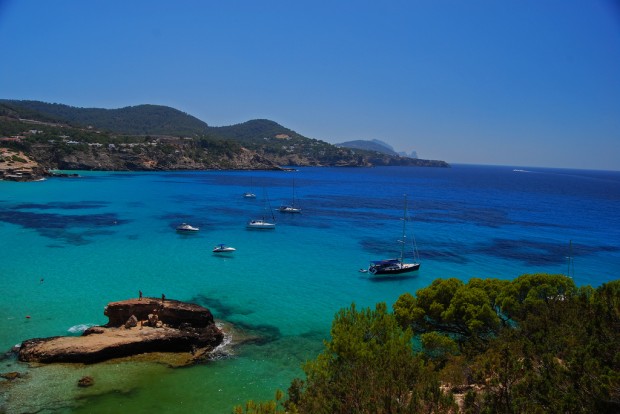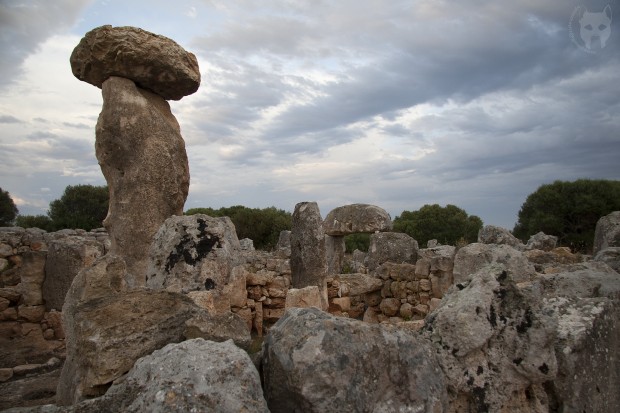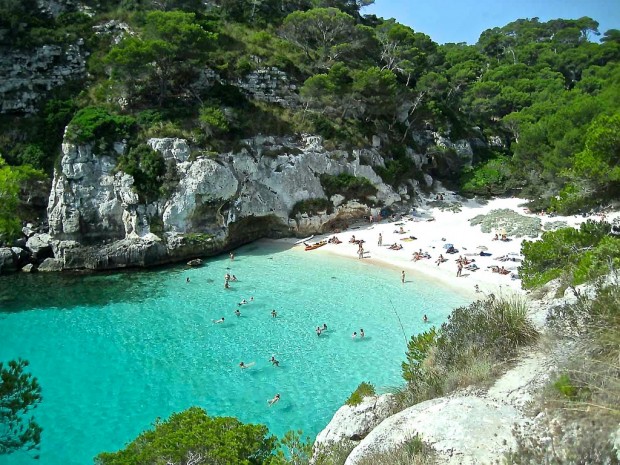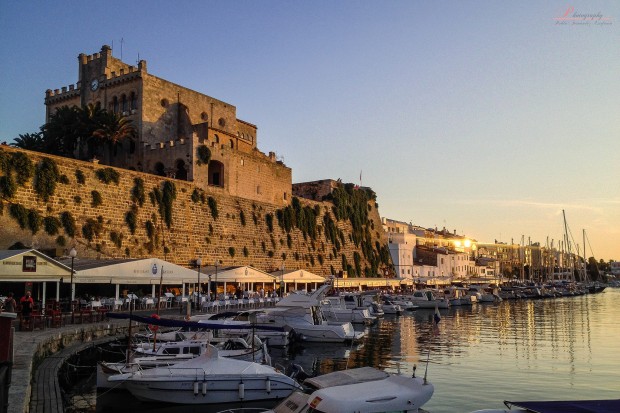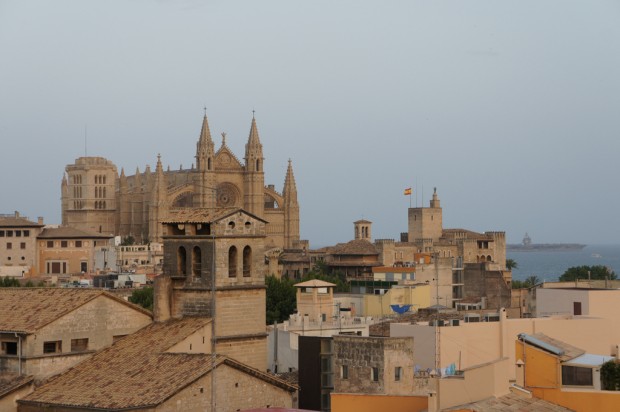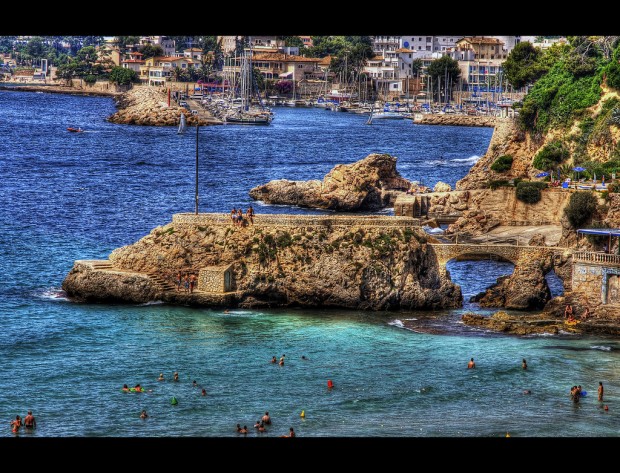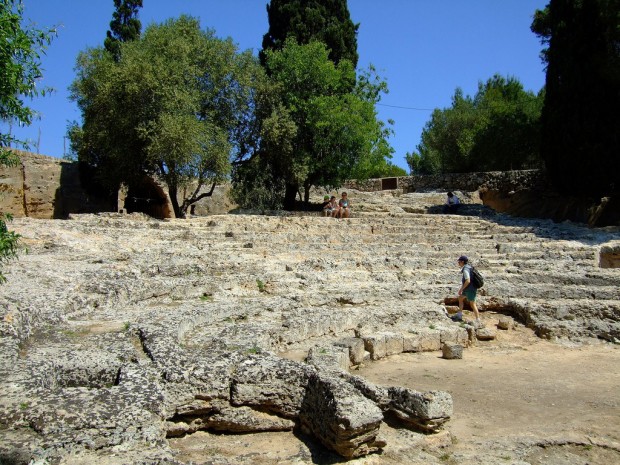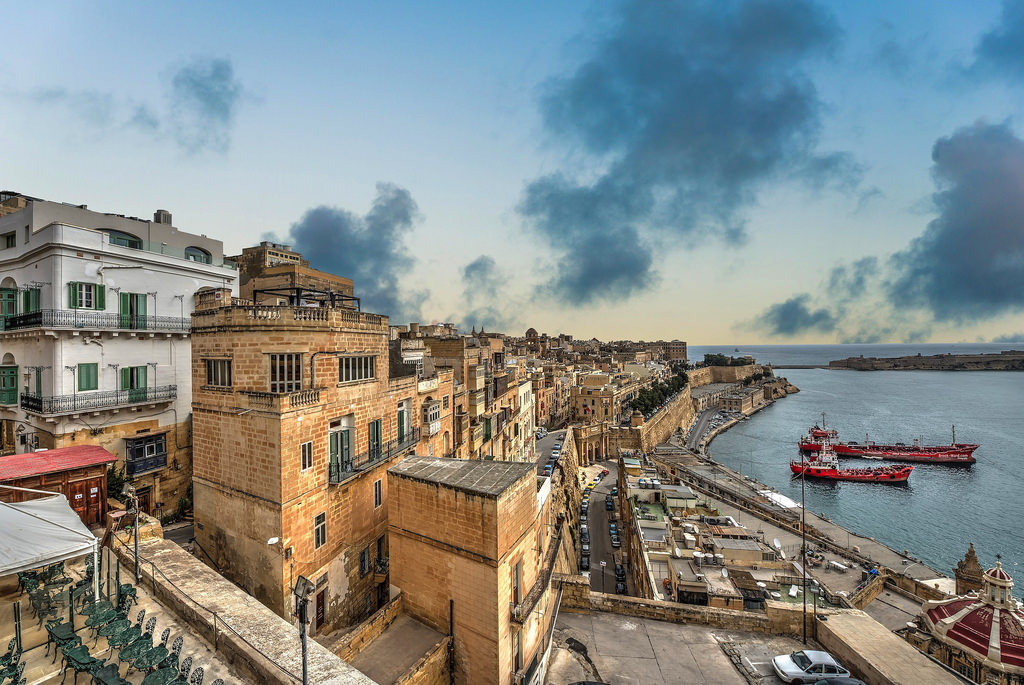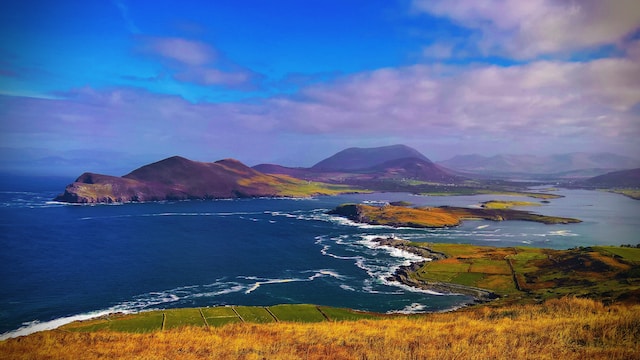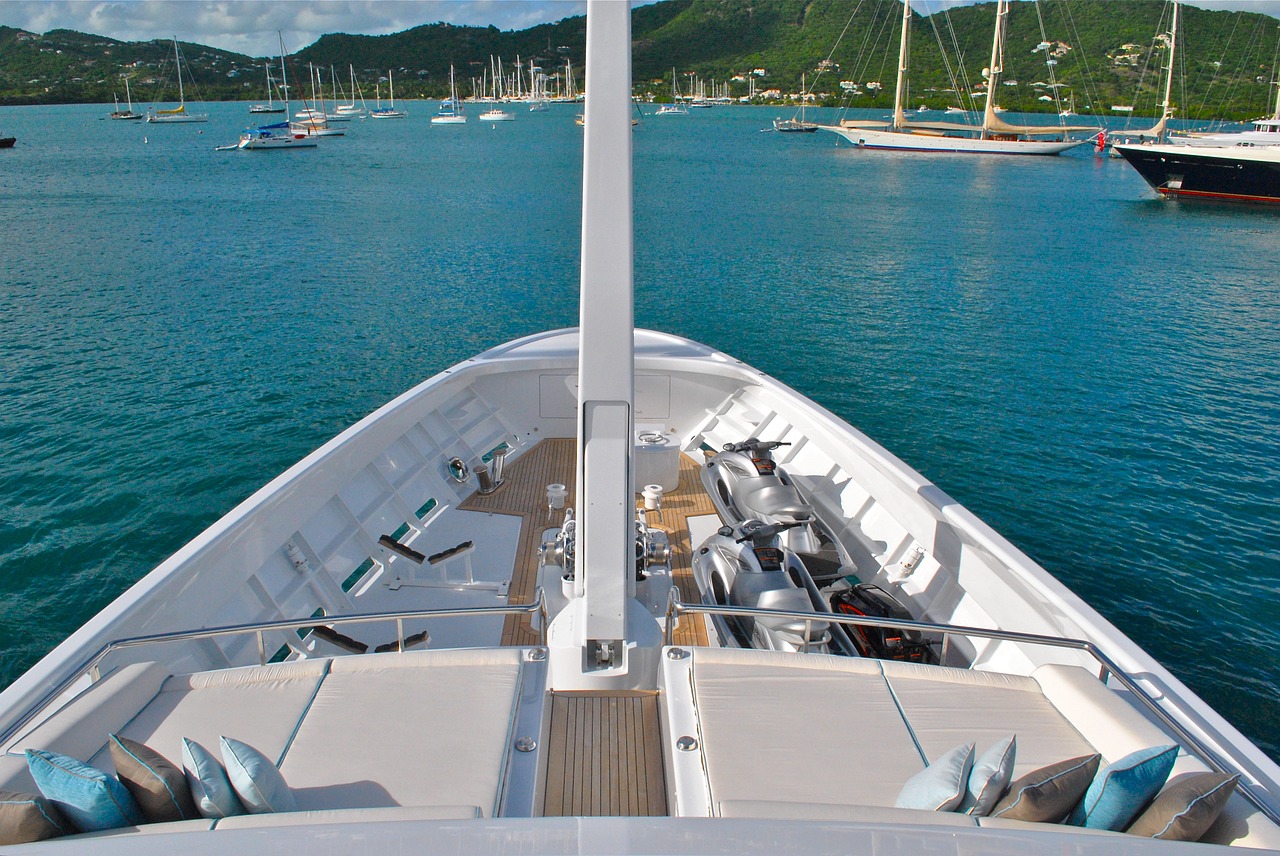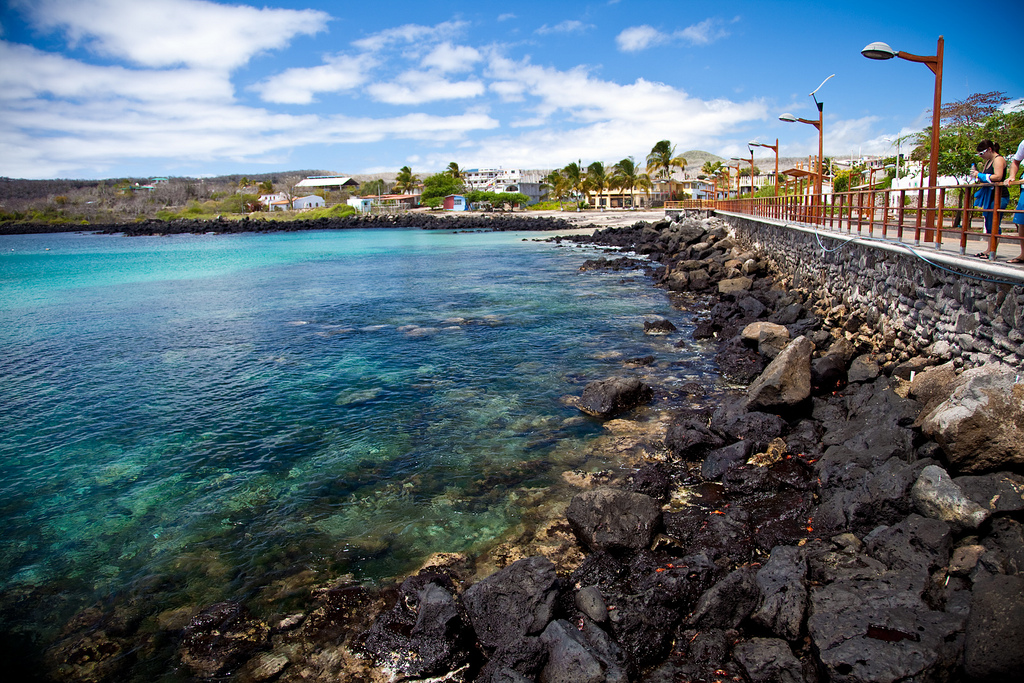When we think of the Mediterranean islands, we’re likely to think of package holidays and clubbing at Ibiza. What you might not be aware of is that the Mediterranean islands of Majorca, Menorca and Ibiza are also home to some of the best examples of landmarks and buildings that mark the importance of their location as a historical trade route. Some of these date back to prehistory, making the islands the perfect retreat for history enthusiasts.
Ibiza: The Party Island With Medieval Roots
Ibiza is an island that celebrates its culture during the lull in the party season. During the month of May there is a fantastic medieval festival that takes full advantage of the unique historical buildings they have in the fortified old town – Dalt Vila -including their castle. This period party features a market, classical entertainment and traditional dress, a huge change from the raves that have become so heavily associated with the island! The location itself was declared a World Heritage Site, so this annual festival is the perfect recreation that aims to celebrate “the multicultural legacy left on the island throughout the centuries by Phoenicians, Romans, Arabs and Christians”.
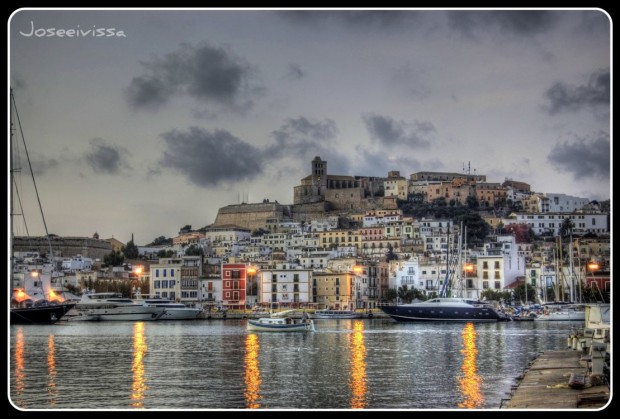
Image by Jose Ramon via Flickr
There are also plenty of buildings that represent the unique history of an island nation, like the pirate defense towers that used to dot the entire coastline. Today there are some that still stand, allowing you to see what the first line of defence was against marauders in the 16th to 18th centuries. Not only are they incredible landmarks but their locations also guarantee incredible views of the sea and there’s a wonderfully detailed account of one tourist visiting the Torre d’en Valls that really gives you an in-depth account on the construction of the towers and the history surrounding them.
Menorca: The Little Sister
The smallest of the islands, Menorca is also the least developed to cater for the tourism industry. This means that it features a lot of rustic charm, enforced by beaches and horseshoe bays that make it a beautiful destination. You can drive the width of Menorca in a single hour, which is part of the reason why it’s so impressive that it also plays host to some truly incredible ruins in surprisingly large numbers.
Image by Gonzalo Vega González-Capitel via Flickr
The Naveta dels Tudons is considered the oldest standing structure in Europe and dates back to 1500 B.C. Once used as a tomb and storage for human bones, objects were recovered during its excavation in the 50’s that you can see on display at the Museu De Menorca. This is the oldest example on the island but there are countless others, all preserved by the climate and lack of industrial development in Menorca. You can see the ruins of a Roman village in the Torre d’en Galmes, the remains of taules (constructions that form t-shaped monuments) across the island and a 12th century cathedral (that has, admittedly, been renovated several times over the centuries). Menorca also has more recent examples of history, with their 19th century fortress – La Mola de Menorca – offering guided tours to demonstrate the defensive importance of this small isle.
Image by Jose Manuel Cortes via Flickr
I cannot state enough that this island takes only one hour to drive across and the sheer scope of historical landmarks and excavations is staggering. If you have an enthusiasm for history then there are museums and landmarks for you to envelope yourself in, all accessible for a few Euros and featuring stories that simply can’t be found elsewhere.The unique history of this island can even extend to your accommodation, with many converted farm houses offering an experience that sits comfortably with the tone of the island.
Image by Pablo Fernández via Flickr
Majorca: The Big Sister
Majorca is a larger island and features a wide array of Roman ruins, some of which are 2000 years old. Pol-lentia is one of these ruins, a preserved Roman city that was excavated and renovated in 1920. Today you can wander around these ruins and get a feel for what this ancient life would have been like. And there are many other examples of impressive structures, including the incredible Santueri Castle, a 14th century building that was built for it’s tactical views. Whilst they may not be of tactical use to you now, this vantage point is still an incredible sight for tourists. There are many different Mediterranean castles to look at, some dating back to the 14th century and all featuring incredible tales of Majorca’s colourful history.
In researching Majorca it’s honestly difficult to know which areas of history I should be focusing on when there is such scope available. The Big Sister island offers a bronze age settlement with the Capcorb Vell, which has been used to assess the prehistorical behaviour of our ancestors and the Arabic Baths in Palma de Mallorca are examples of the early rulers of the island. This is all within easy travel distance of huge travel resorts that seem to encourage their customers to stay put and sunbath rather than experience the incredible culture that lies just a few miles away. If you want to avoid the all-inclusive resorts then you can rent a villa in Majorca. This can be especially helpful during the off-season months where restaurants may not be open as frequently.
Image by vgm8383 via Flickr
Historical Islands
The location of these Mediterranean islands meant that they were vulnerable to conquest and piracy. Indeed, the ancient mosque built in Majorca in the 9th Century was destroyed by the Catalans, though the remains can still be seen in the Cathedral they built on top of it. As mentioned previously, there are examples of historical landmarks from almost any window in time. In fact, the sheer variety of history on offer and the number of locations available means that you could tailor a visit to a specific time period, enjoying the remnants on each of the islands.
Roman Theater Pollentia – Alcudia, Majorca
Image by Scouse_and_Jules via Flickr
As someone who has never been one for parties or sunbathing, I had always assumed that these Mediterranean islands would not hold my interest. This is the perfect example of why you should not make assumptions about holiday destinations because I would have never considered travelling to Ibiza for a medieval-themed trip before now!

